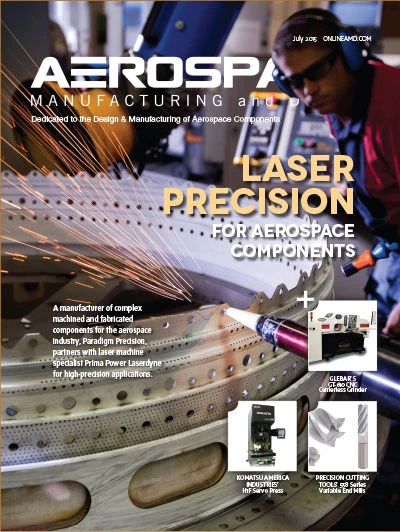 More than 300 at-risk F-16 Fighting Falcons in the active duty, Air National Guard, and Air Force Reserve fleets are receiving inspections and subsequent modifications at the Ogden Air Logistics Complex at Hill Air Force Base, Utah, to ensure structural integrity. The inspections are designed to strengthen the aircraft where the wings attach to the fuselage.
More than 300 at-risk F-16 Fighting Falcons in the active duty, Air National Guard, and Air Force Reserve fleets are receiving inspections and subsequent modifications at the Ogden Air Logistics Complex at Hill Air Force Base, Utah, to ensure structural integrity. The inspections are designed to strengthen the aircraft where the wings attach to the fuselage.
“If they found stress cracks, our technicians installed a doubler plate to beef-up the existing structure,” says Mike Spaulding, 573rd Aircraft Maintenance Squadron Deputy Director. “These doublers, locally manufactured by the maintenance group, are permanently bonded and then bolted into place.”
However, a non-destructive inspection (NDI) revealed air pockets and voids behind the doublers, forcing the need to remove and replace them. Redesigning the doubler and installation process has eliminated 90 hours of costly rework.
The team worked with the Air Force Research Laboratory at Wright-Patterson AFB, Ohio, which hired UniWest, a manufacturer of eddy current equipment, to design an NDI probe that has proven successful in increasing the inspection intervals.
Matt Fowers, F-16 Structures mechanical engineer, says the custom milling tool can analyze the stress experienced by using computer models, based on the profile that the mill bit creates.
“The tool allows us to make the process repeatable, predictable, and reliable,” Fowers adds.
Blending tool developed
Aircraft structural engineers in the F-16 System Program Office (SPO) at the Ogden complex developed a tool – manufactured by technicians in the 309th Commodities Maintenance Group – to allow structural technicians to blend repairs more accurately and more consistently at precise depths.
In the early stages of the structural work, technicians were blending aluminum bulkheads by hand, using sandpaper. This tedious process was not repeatable and severely slowed the rate of repaired aircraft.
Spaulding says structural engineers and maintenance personnel manufactured a fixture to improve blending.
“During the tooling design phase, initial test fixtures were actually printed in plastics and metals using 3D additive manufacturing, saving a great deal of time and funds,” he adds.
Mike Russell, a structures technician who uses the blending tool, says, “It’s actually a good system, very user friendly, and the process order is easy to understand. I see it working really well into the future.”
Using this blending tool, coupled with associated process improvements, has prevented time- and labor-intensive bulkhead changes and resulted in a 10-day reduction in the time an aircraft remains on the depot repair line.
“This amount of reduction easily reduces the cost of the overall repairs by tens of thousands of dollars to our major commands,” Spaulding says.
Air Force Research Lab
www.afmc.af.mil
UniWest
www.uniwest.com
Get curated news on YOUR industry.
Enter your email to receive our newsletters.
Explore the July 2015 Issue
Check out more from this issue and find your next story to read.
Latest from Aerospace Manufacturing and Design
- America Makes announces IMPACT 3.0 Project Call worth $4.5M
- Updated parting and grooving geometries from Sandvik Coromant
- AIX showcases the future of air travel
- Sunnen Products' PGE-6000 gage
- #41 Lunch + Learn Podcast - SMW Autoblok
- Revolutionizing aircraft design without sacrificing sustainability
- GE Aerospace awarded subcontract for FLRAA next phase
- KYOCERA Precision Tools publishes 2025-2026 Indexable Cutting Tools Catalog





